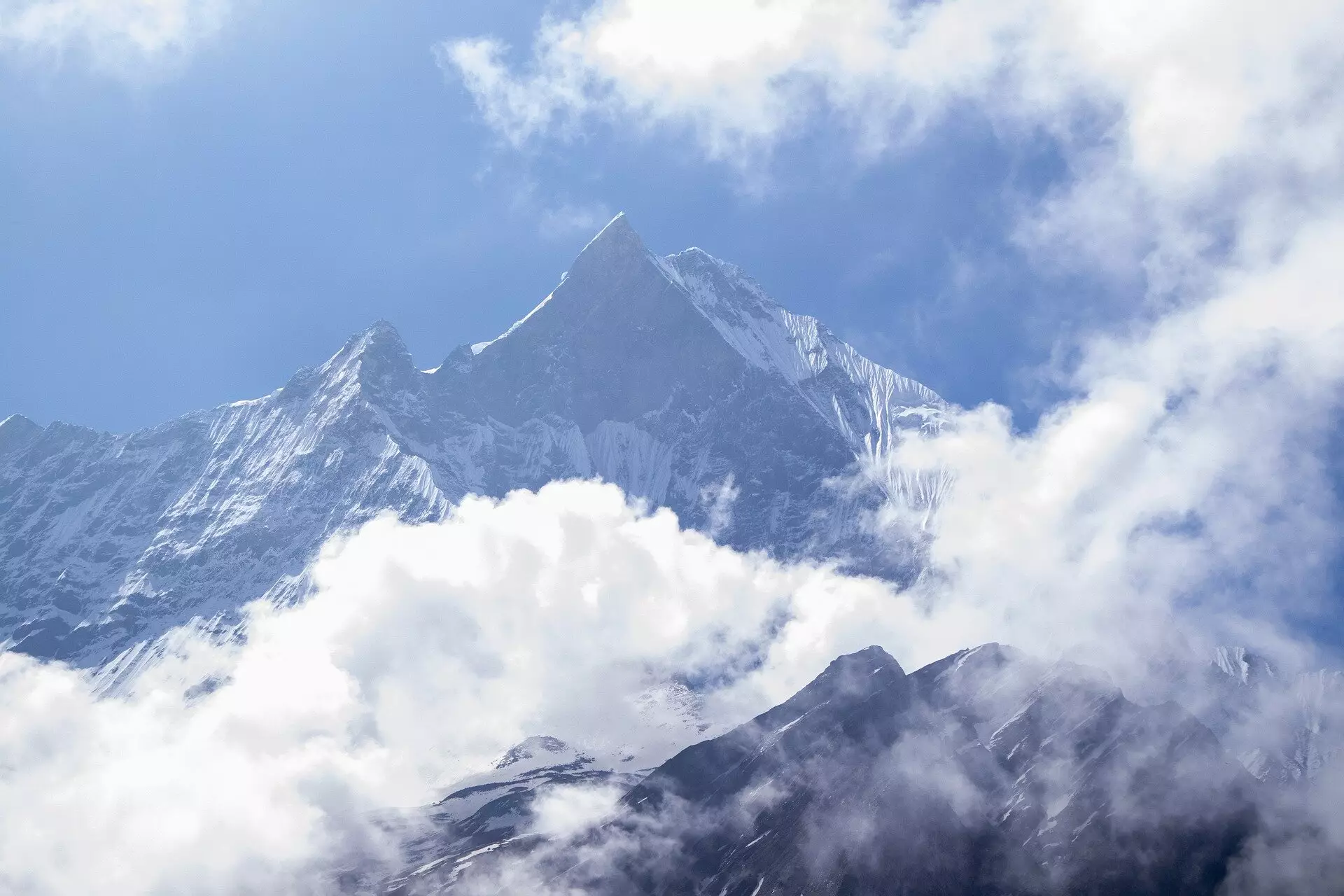Mount Everest, the embodiment of nature’s grandeur, continues to capture the fascination of geologists and adventurers alike. New research has unveiled that this iconic mountain is not merely a static peak, but rather a dynamic monument to the Earth’s geophysical processes. The relentless interplay between erosion caused by nearby river systems and the corresponding uplift of the mountain itself is a phenomenon that deserves deeper investigation.
Recent studies, particularly one conducted by researchers from University College London (UCL) and published in *Nature Geoscience*, have indicated that Mount Everest is, in fact, growing higher due to the erosion of rock and soil by the adjacent Arun and Kosi rivers. This erosion leads to what geologists refer to as isostatic rebound, where the weight loss of the landmass results in an upward thrust of the Earth’s crust. Although this uplift amounts to a modest rate of approximately two millimeters per year, the cumulative effect over thousands of years has contributed to an elevation increase of between 15 to 50 meters since the merge of the Arun and Kosi rivers approximately 89,000 years ago.
The significance of Mount Everest’s elevation increase is highlighted by its current standing at 8,849 meters, towering over the rest of the Himalayas. While the next three tallest peaks—K2, Kangchenjunga, and Lhotse—are relatively close in height, Everest’s astonishing height remains an anomaly. This remarkable difference can be largely attributed to the ongoing geological processes centered around the river systems eroding land sufficiently to allow the mountain’s crust to rise in response.
The interplay between erosion and uplift presents a fascinating case study in the Earth’s geological evolution. As the Arun River carves deep gorges into the landscape, it sculpts away sediment and rock, which in turn results in less weight on the underlying crust. This process triggers the isostatic rebound, as the Earth’s crust adjusts to the lost mass and begins to “float” upwards. Researchers involved in the study describe this mechanism in the context of a continuous cycle, wherein erosion promotes uplift, which ultimately shapes the mountain’s impressive architecture.
The recent findings spotlight the critical role that river dynamics play within this equation. The Arun River, after merging with the Kosi, enhances its hydrological capacity—leading to increased erosive power. The mechanism of “drainage piracy,” where one river captures the flow of another, reveals a conspicuous relationship between water movement and the geological elevation of surrounding peaks.
A Broader Impact on the Himalayan Range
The isostatic rebound phenomenon is not confined to Mount Everest alone; it influences adjacent peaks such as Lhotse and Makalu, the fourth and fifth tallest mountains on Earth. As these neighboring peaks also experience uplift, their elevations climb in tandem with Everest. However, location plays a pivotal role—Makalu, which lies closer to the Arun River, sees slightly accelerated uplift due to its geographical proximity.
Co-author Dr. Matthew Fox articulated that the growth observed in these majestic peaks results from isostatic rebound consistently outpacing erosion. Special instruments, including GPS systems, are used to monitor this process, providing geologists with data indicating the annual growth of these formidable mountains.
The continuous growth of Mount Everest is an embodiment of the dynamic nature of our planet and serves as a reminder of the Earth’s constantly changing surface. This research underscores a valuable lesson: beneath the awe-inspiring exterior of the Himalayas lies an intricate, ongoing battle between natural forces. The rising heights of Everest should not only be celebrated as a geographic wonder; they also represent an active dialogue between the planet’s interior and exterior processes.
As geologists further examine the relationship between river systems and mountain formation, the insight gained will enhance our understanding of other regions where similar geological phenomena may be at work. The lesson here is that even the most formidable mountains like Everest are in a state of flux, continually shaped by the forces of nature, an ever-evolving tale etched in the very fabric of the Earth’s crust.


Leave a Reply